
Sightseeing
Nara Highlights Tour
Nara Prefecture is filled with rich historical and cultural heritage that reflects the origins of Japan.
As a former capital and cultural hub, Nara is home to many national treasures and World Heritage Sites, making it a must-visit destination.
This plan will take you on a journey to explore the highlights of Nara’s sacred sites and historical landmarks.
-
10:00
- Departure (approx. 1 hour)
- Start your trip by departing from a station or hotel in Osaka City, heading toward the head temple of the Hossō sect.
-
11:00
- Kōfuku-ji Temple (approx. 30 mins)
- Built to pray for the recovery of Fujiwara no Kamatari's illness, Kōfuku-ji is home to numerous national treasures and important cultural properties. The National Treasure Museum, designed to resemble the original temple dining hall, houses a collection of Buddhist statues, paintings, ancient documents, and traditional crafts. Among these, the Ashura statue is a highlight — a masterpiece of Tenpyō-era sculpture from the late Nara period, known for its intense presence. The temple also features a five-story pagoda, making it one of the iconic temples of Nara.
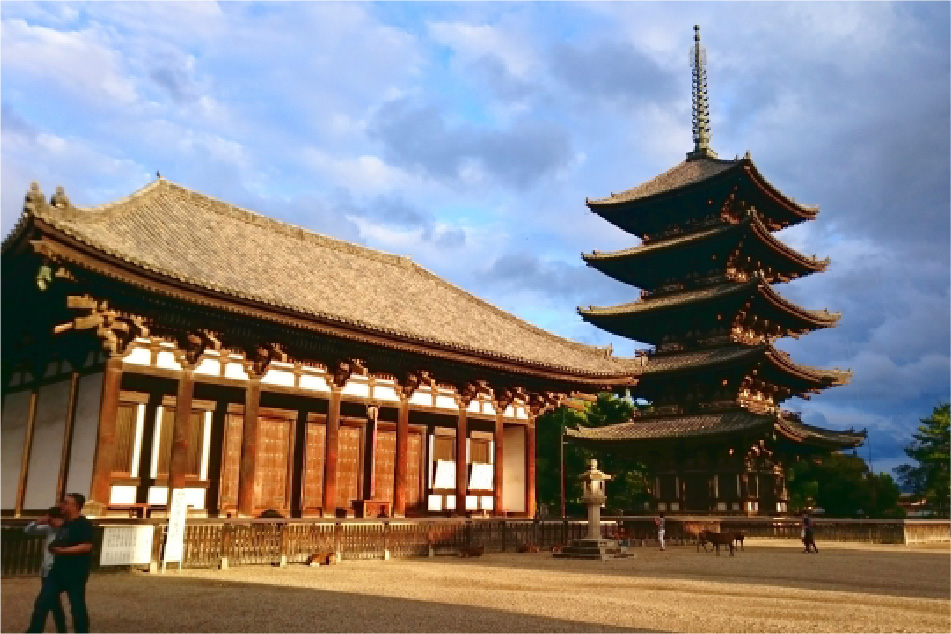
-
12:00
- Transfer (approx. 10 mins)
- After Kōfuku-ji, head to one of Japan’s top museums.
-
12:10
- Nara National Museum
(approx. 1 hour) - Famous for its extensive collection of Buddhist art, the Nara National Museum houses over 4,000 items, including many national treasures and important cultural properties. The museum is divided into several buildings, each with its own unique focus. The Nara Buddhist Sculpture Hall features around 100 Buddhist statues on regular display, while the Bronze Ware Hall showcases remarkable examples of ancient Chinese bronze culture. The East Wing is reserved for rotating exhibitions and special displays, and the West Wing offers a blend of paintings, calligraphy, traditional crafts, and a library corner. In addition to the exhibitions, the museum includes research and conservation facilities such as the Center for Buddhist Art Research and the Cultural Property Conservation Center. Visitors can also enjoy a meal at the on-site restaurant or browse for unique souvenirs in the museum shop, making it more than just a place to view art — it’s a space to relax and deepen one’s appreciation of history and culture.

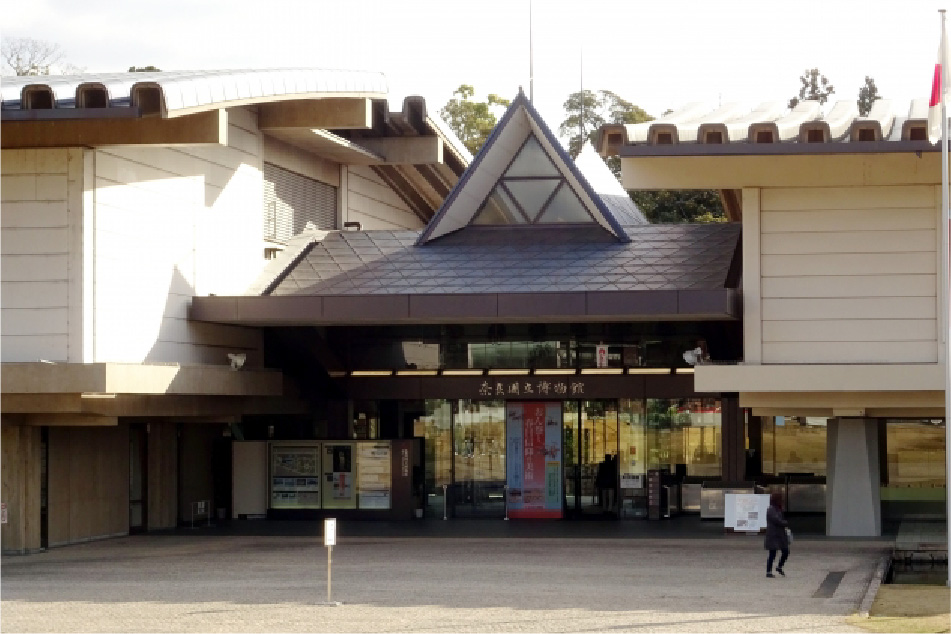
- Nara National Museum
-
13:10
- Transfer (approx. 10 mins)
- After immersing yourself in art and history, enjoy a meeting with nature.
-
13:20
- Nara Park - Deer Garden
(approx. 20 mins) - This expansive city park covers 660 hectares — roughly the size of 140 Tokyo Domes! The park’s most famous residents are the wild deer. At the Deer Garden (Rokuen), you can learn about deer behavior and history, and even feed them. Deer roam freely in the rest of the park too, and deer crackers are available for feeding. Please read the safety guidelines posted in the park before interacting with the wild deer.

- Nara Park - Deer Garden
-
13:40
- Transfer (approx. 10 mins)
- After meeting the deer, head to Japan’s main shrine of matchmaking.
-
13:50
- Kasuga Taisha Shrine (approx. 30 mins)
- This iconic shrine is the head of all Kasuga shrines across Japan and is registered as a UNESCO World Heritage Site. Its vibrant vermilion halls are stunning, and it is the only shrine in Japan that enshrines a married couple deity — bringing blessings for marriage and romantic fulfillment. The National Treasure Hall displays a vast collection of national treasures and important cultural properties, earning the nickname “The Heian Shōsōin.” You’ll find about 3,000 items, including court-era armor, swords, and art pieces.

-
14:20
- Transfer (approx. 10 mins)
- Now, head to a temple famed for its national treasure architecture.
-
14:30
- Tōdai-ji Temple (approx. 2 hours)
- Built to protect the nation through Buddhism, Tōdai-ji houses eight national treasure structures and is listed as part of the Historic Monuments of Ancient Nara.
Here are some highlights:
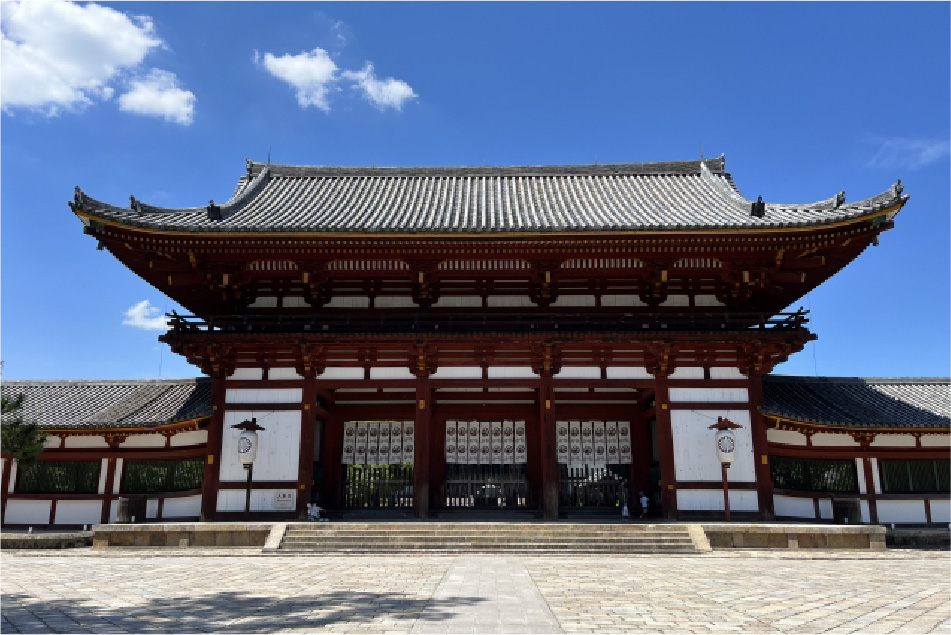
-
- Great South Gate (Nandaimon)
- This main gate, the first sight after leaving Kasuga Taisha, features two fierce guardian statues known as the Nio Guardians.
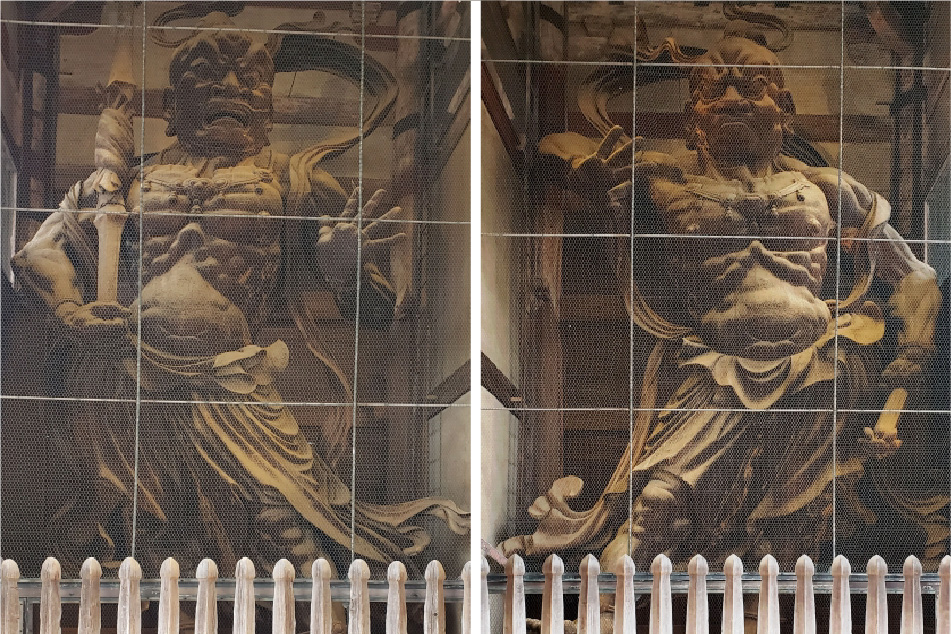
-
- Tōdai-ji Museum
- Located just past the gate, this museum offers insights into the temple’s history and cultural assets. It includes five exhibit rooms featuring permanent and special displays of Buddhist art and temple treasures.
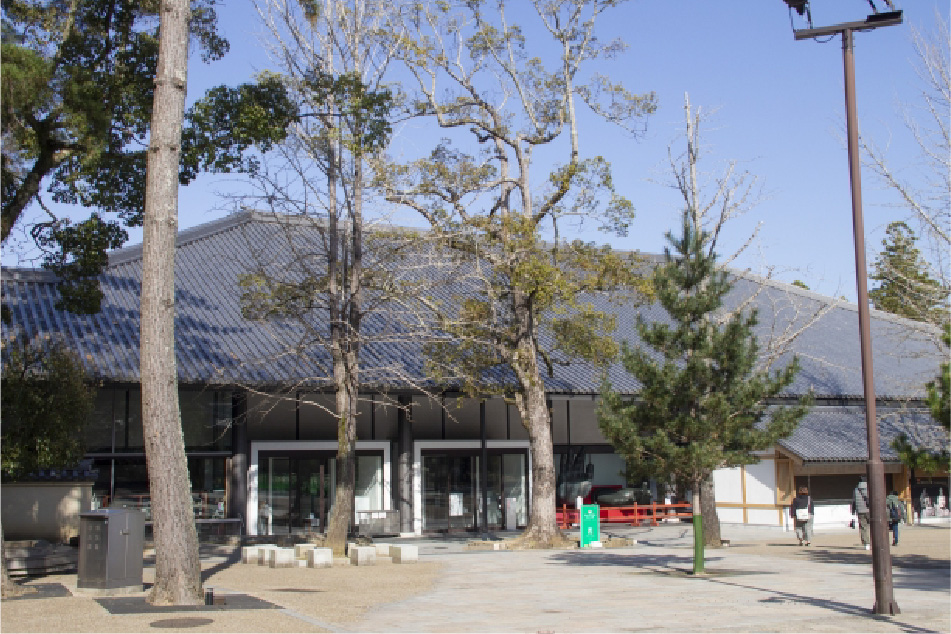
-
- Great Buddha Hall (Daibutsuden)
- The main attraction of Tōdai-ji, this is one of the largest wooden buildings in the world. It houses the Great Buddha of Nara, known as Rushanabutsu — a symbol of peace and prosperity for all beings.
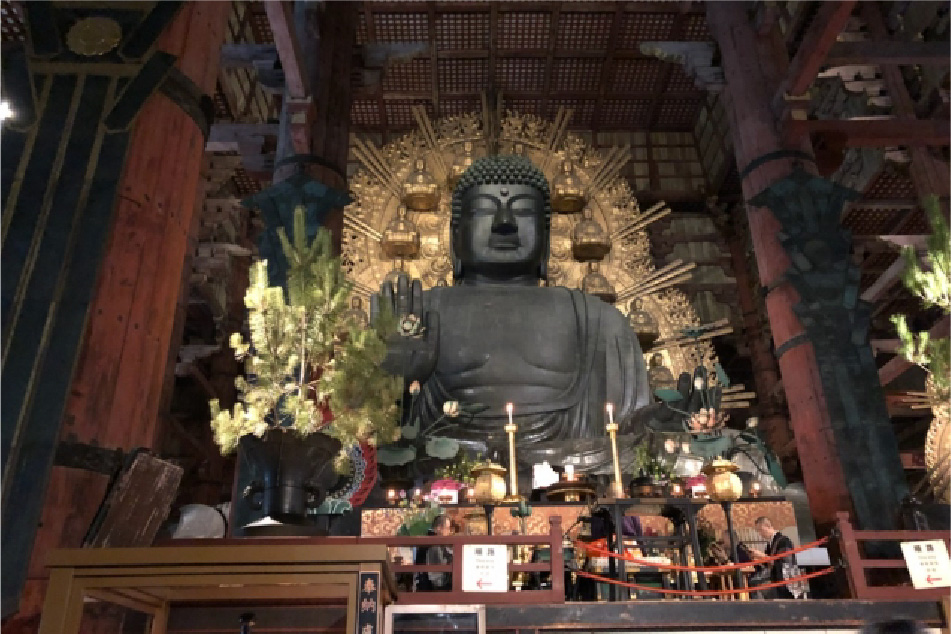
-
- Hokkedō Hall (Sangatsu-dō)
- Located beyond the Great Buddha Hall, this is Tōdai-ji’s oldest building and enshrines Fukūkenjaku Kannon, surrounded by 10 other statues in a mesmerizing display of Buddhist imagery. It’s named “Sangatsu-dō” due to the Buddhist ritual held every March.
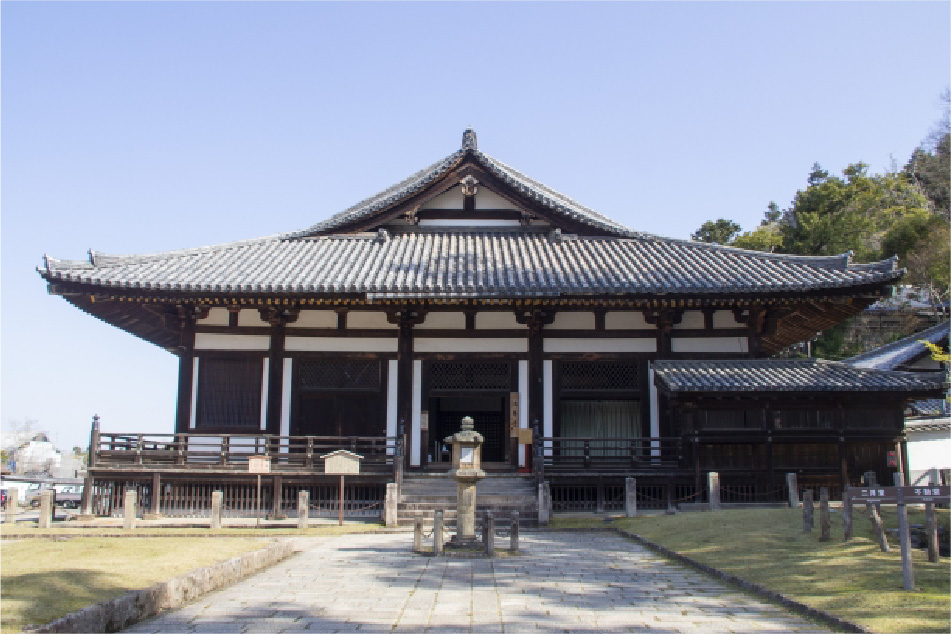
-
- Tōdai-ji offers more than sightseeing — you may also attend lectures or participate in sutra copying experiences. Be sure to explore all areas of this majestic temple.
-
16:30
- Transfer (approx. 20 mins)
- After leaving Tōdai-ji and Nara Park, finish your day in a charming old town district.
-
16:50
- Naramachi (approx. 1 hour)
- Naramachi developed around the relocated Gango-ji Temple, originally the first full-scale temple in Japan. This atmospheric area retains the spirit of the Edo period. You’ll find cafes where you can experience Japanese tea ceremony, local delicacies like sōmen noodles (a Nara soul food), and shops selling premium sake like Nanto Morohaku. Despite the old-fashioned exterior, many cafes inside are stylish and modern — making it a favorite spot for younger generations.
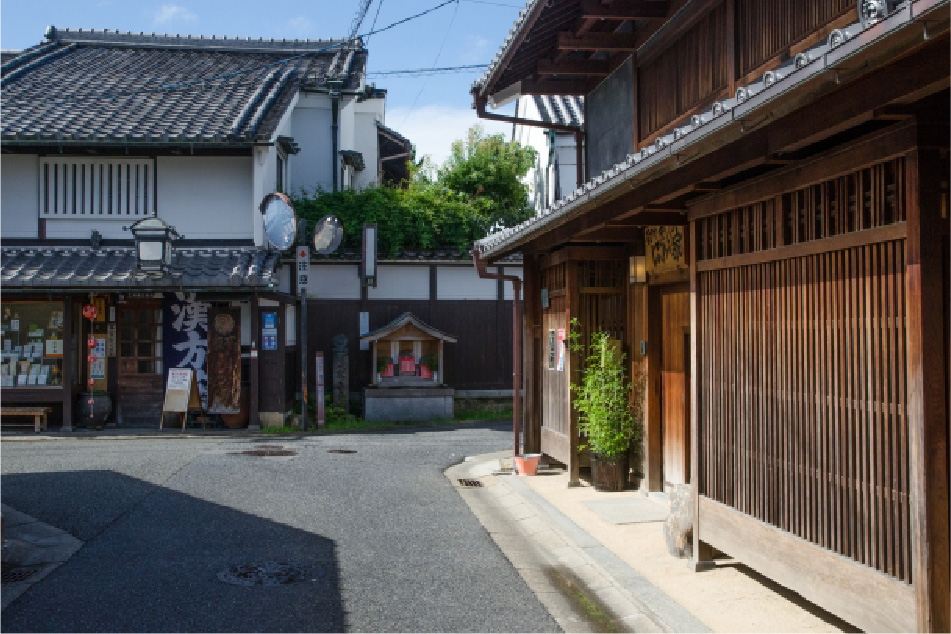
-
17:50
- After exploring Naramachi, we will drop you off at your preferred location. Please feel free to let us know your desired destination for your return journey.
